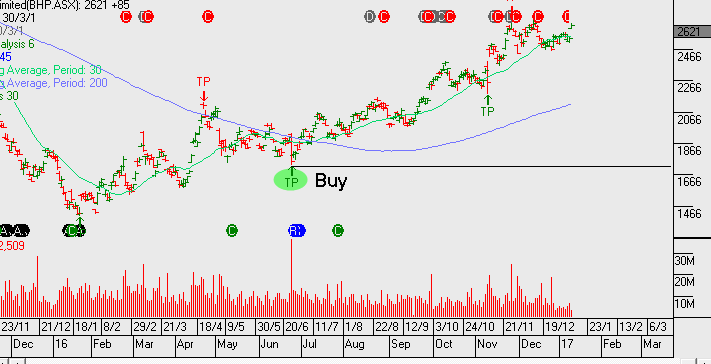The US Federal Reserve officially ended their stimulative policy of Quantitative Easing (QE) on October 29, 2014.
Since then, investors have been following the monthly Non-Farm Payroll (NFP) report for insight about how the condition of the US Labor market would influence US interest policy, the US Stock market and the US Dollar.
Within the NFP report, the three main components are the headline new job creation, the un-employment rate and weekly hourly earnings.
For most investors, the headline new jobs data has been the key metric for gauging whether the FED was likely to lift rates or leave policy on hold.
However, as the US is reaching a full-employment zone and the unemployment rate is nearing its lower bound below 5%, we are seeing a change in the policy implication dynamic towards wage growth and its impact on inflation.
Since the FED first lifted the FED Funds target rate in December 2015, the 10-year note yield has risen from 1.30% to 2.50%.
The FED understands that US wage growth is feeding directly into core inflation aggregates and will likely shift their policy-making focus away from new job creation to wage growth during 2017.
In last Friday’s NFP report, wages rose .4% for a new cyclical high on a year-on-year basis to 2.9%. This is the fastest pace since 2009. We see the importance of the wage component increasing through the year as the knock-on effect into core inflation is seen in subsequent data sets.
In other words, as we move further into 2017, it’s reasonable to expect investors may be taking positions in the US stocks, bonds and the US Dollar based more on the growth of weekly wages than the number of new jobs created.
On balance, we consider the recent rise in wages as a transitory event which may trigger short term headwinds to the recent stock market rally. Over the longer-term, we still consider the Bull market in stocks to continue with a gradual rise in 10-year yields.



